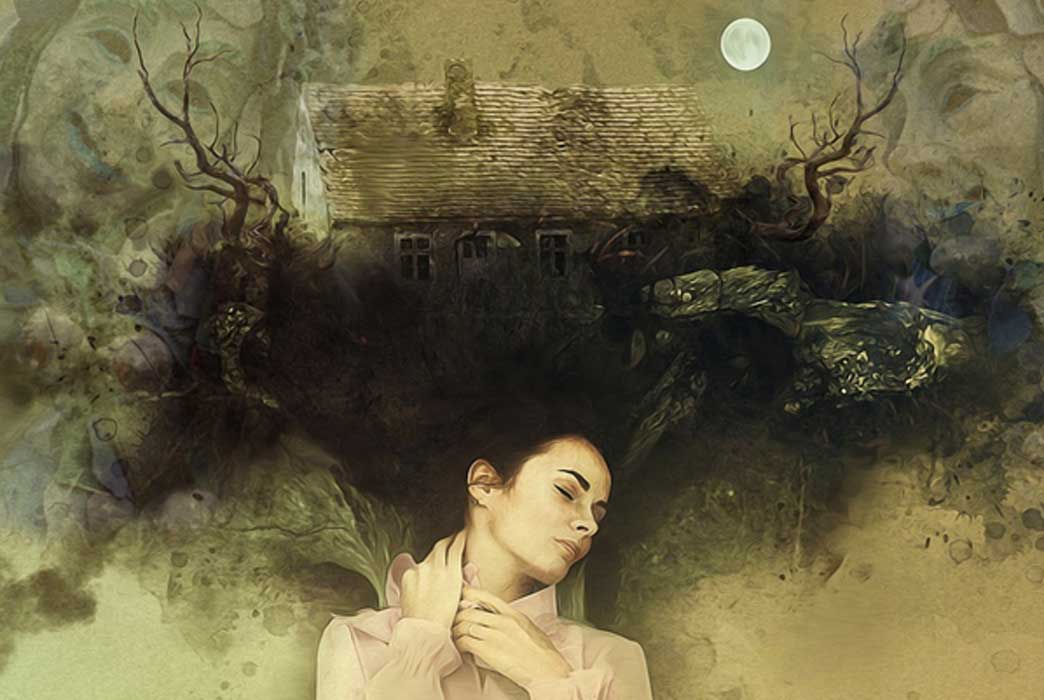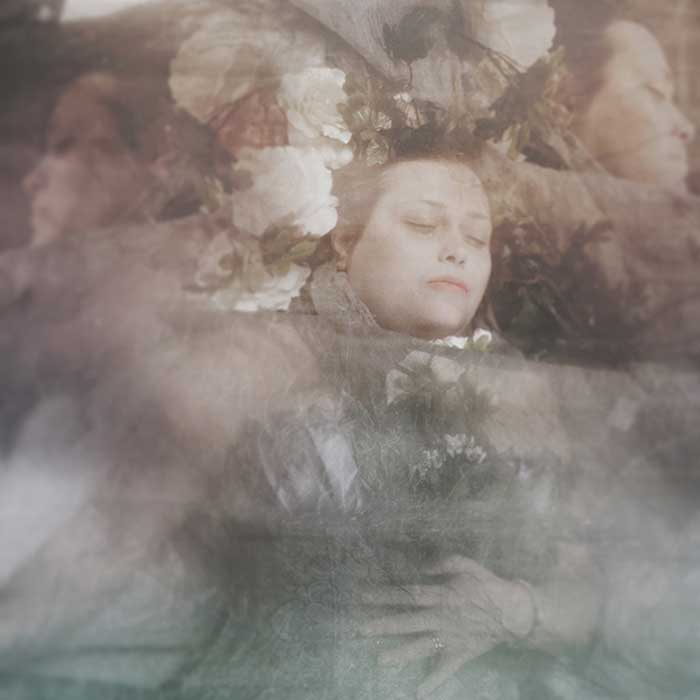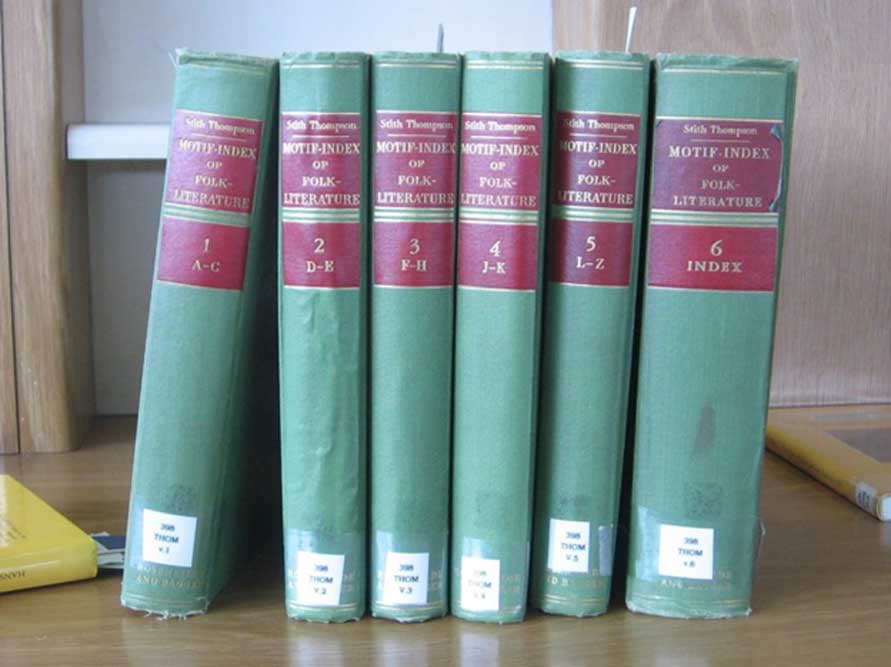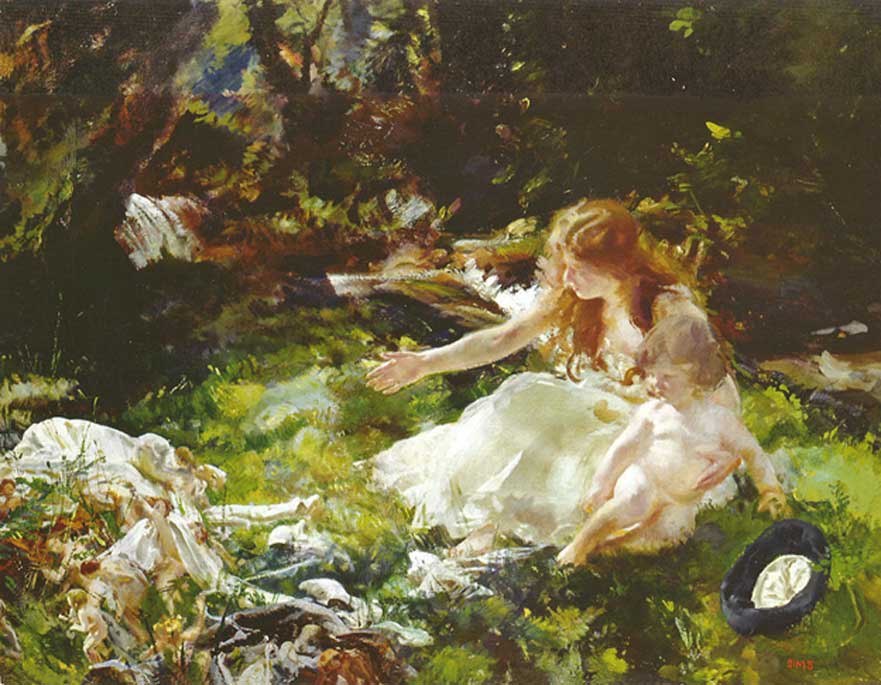
What did Cherry of Zennor See That Altered Her Reality and Shaped Ours? The Deeper Meanings of Faerie Folklore
'Myth is a story that implies a certain way of interpreting consensus reality so to derive meaning and effective charge from its images and interactions. As such, it can take many forms: fables, religion and folklore, but also formal philosophical systems and scientific theories.'
-Bernardo Kastrup, More Than Allegory: On Religious Myth, Truth and Belief (2016).
Faerie folklore is a type of mythology. The form has spent much time debased to the level of children's stories; tales pulled up from an archaic folkloric past that bear little relevance to a modern society saturated with every imaginable storytelling media, from IMAX to Xbox. But if we give the folklore a chance and scratch the surface a little, the stories begin to demonstrate something much deeper: meaning.

‘Dreaming Dreams’ original artwork by Ylenia Viola (© Ylenia Viola http://www.fairytalesneverdie.com)
The Aarne-Thompson Index of Folktales
The Aarne-Thompson catalogues of folktale types and motifs were first put together in 1910 by the Finnish folklorist Antti Aarne and completed by Stith Thompson in 1958. They consist of an index of every conceivable story type and motif from around the world. It's been suggested that the catalogues actually codify every human experience, distilled into story. And they capture something special; an index of our collective memory as a species, realized through the medium of folktales. Amidst the catalogues are the story types classed as faerie-tales, each containing hundreds of separate motifs; they are the descriptors of a vast array of folklore; packed with meaning at many levels. These are not simple fireside tales (although that was always one use for them), but rather, they are sophisticated tools that can be used to interpret human experience and to help understand the reality we find ourselves in.

The Aarne-Thompson Motif Index in six volumes (Photo via author)
If we hone down to pick a folktale type with its motifs from the Aarne-Thompson catalogue, we can find a story and use it as an example—a case study to explain what folklore might tell us about ourselves and our beliefs. Story type ML-4075 is 'Visits to faerie dwellings.' Add some motifs such as 'Faeries made visible through use of ointment' (F235.4.1) and 'Faeries take human nurse to care for faerie child' (F372), then we can narrow things down to a distinct group of geographically dispersed folktales containing these elements; all with their own idiosyncrasies but quite clearly from the same story-stock.
- The Origins of the Faeries: Encoded in our Cultures – Part I
- Shamanic Explorations of Supernatural Realms: Cave Art - The Earliest Folklore
- Do you have the Second Sight? Finding Fairies & The Secret Commonwealth of Robert Kirk
- The Green Children of Woolpit – An Otherworldly Tale That Just Might be True

'...and the fairies ran away with their clothes' by Charles Sims. (Public Domain)




